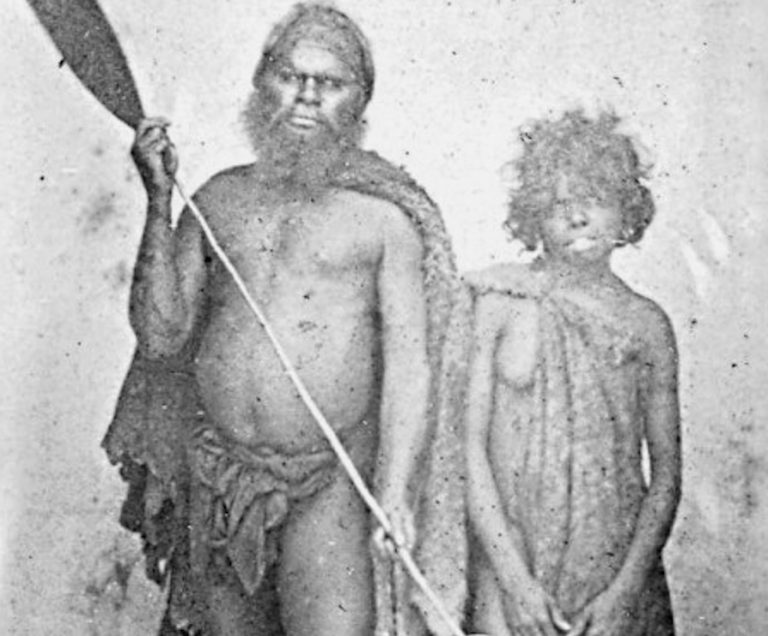
Our History
We are Historic Stories
Uncover the rich and fascinating history of the Harvey Region from thousands of years ago to the first European settlement in the 1830s, and beyond. Our connection to land and our people. Our triumphant times and our times of adversity.

Our First Nation People
The area we call Australind-Leschenault is Boodjar (Country) of the Elaap clan group of the Noongar Wardandi tribe or Yoongan Jarli Elaap (People of Elaap) and the Cultaa Yoongan Jarli (Mullet people). They have gathered in this area for more than 45,000 years.
There were several large groups of people residing at various places around the estuary when the first colonials arrived. Bunbury (1930, p.8) wrote of meeting over 350 people on one day, two hundred of whom were living around the northern extent of the Estuary and another 150 people on the north bank of the Collie River “assembled to receive us”.
The area around Harvey is Bindjareb Boodjar (Country). The Bindjareb Noongar people have looked after the Djilba (estuary) and Harvey river system for 50,000 years, based on governance and lore. They also lived in caves in the hills.
They call Harvey, Korijekup, meaning The Place of the Red Tailed Black Cockatoo.

The Dutch, French & English Navigate Our Shores
The Dutch ship the Elburg, under Captain J Peerboom, was the first European ship to visit this area. Peerboom met three Aboriginal people and returned to Batavia in 1658.
In 1802, French explorer Lieutenant de Freycinet, with cartographer and naturalist Nicholas Baudin (pictured), visited the coast and explored the estuary and nearby rivers. He named the Leschenault Estuary after on-board botanist Jean Baptiste Leschenault de la Tour.
The Swan River Colony’s Surveyor General, John Septimus Roe, explored the land around Port Leschenault in 1830 and it was further investigated by Lieutenant Bunbury in 1836.
In 1830, Colonel Latour selected an area of land lying between Australind and Wokalup, extending from the Darling Ranges to the coast, and comprising 100,000 acres, called Wellington Location 1.
In 1837, Captain Stirling selected 12,800 acres of fertile land in Korijekup and called it the ‘Harvey River Settlement’. A convict built hut was built on the tranquil banks of the river for the estate manager and as a hunting lodge.
For ten years, Latour’s land remained undeveloped. Governor Hutt’s brother, and Stirling, induced an English company to acquire it for immigration. The Western Australian Land Company settlement scheme was floated and the Marshall Waller Clifton appointed as Commissioner.
Image: Nicolas Baudin. Credit: State Library of NSW.

Australia & India = Australind
The name of the settlement, Australind, a contraction of Australia and India, was chosen to encourage trade between the two countries.
The Island Queen in 1840 was the first ship to arrive at Australind, with a party of surveyors to mark out the town site and rural allotments between Australind and Brunswick. Land was for sale at 1 pound sterling acre in sections of 100 acres.
They planned for Australind to be the major town in the region, with schools and a university, before Bunbury became the port. The first building to be erected was a store, and gradually, all the settlers were built wooden houses and huts. By 1843, the population grew to 476.
Image: Credit: Dardanup Heritage Collective.

If At First You Don’t Succeed, Try Again.
Unfortunately, the settlement ultimately failed because of a combination of local and international factors. In 1846, they liquidated the Western Australian Land Company and many of the settlers left for other parts of the Colony.
Some remained and established farming properties near the Brunswick and Collie rivers and along the edges of the Leschenault Estuary. In 1845, they built a bridge over the Brunswick River, providing rural settlers with easier access to the settlement of Australind.
What was initially an out-station, with the introduction of rail by the late 1890s, the Harvey River area had become renowned for its orchards. The turn of the century also recognised timber as a major industry in the Harvey Region.
Image: Clifton Family at Upton House. Credit: Clifton Family Collection.

















